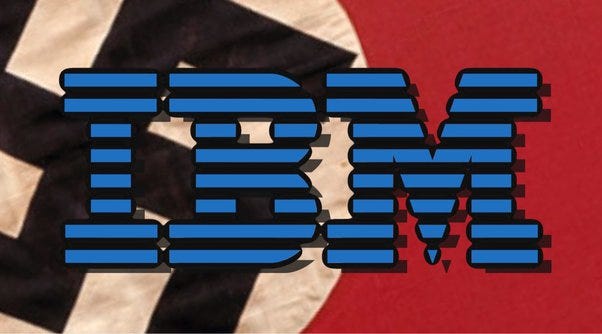The relationship between IBM and the Nazi regime during the Second World War has been a subject of immense controversy and debate. Accusations sprang up whether IBM was providing technology used in facilitating some of the most horrific parts of the Shoah, particularly the administration of concentration camps. This article examines the charges against IBM's ties to the Nazis. It investigates the evidence and arguments presented so far. The aim is to avoid sensationalism.
1. IBM’s Technology: The Foundation of the Allegations
In the 1930s and 1940s, IBM was one of the biggest suppliers of punch-card technology and tabulating machines through its German subsidiary called Dehomag, or Deutsche Hollerith Maschinen Gesellschaft. This equipment then became essential in applications that involve data processing, from gathering census data to administrative tasks. IBM's ability to boost this technology's efficiency made it very attractive to governments and large organizations. They wanted a better way to manage vast amounts of data.
1.1 Dimensions of Technology Use in Ethnic Identification
The most serious allegations against IBM are the charges of having provided the punch card method used by the Nazi regime in identifying and classifying persons through ethnicity, especially Jews, Roma, and other target groups. It is claimed that this tech enabled the Nazis to efficiently census the population and track those they persecuted.
One is talking about the ability to process vast amounts of data in no time, which enabled the regime to follow most precisely in the prosecution of its racial policies.
2. The Relationship Between IBM and the Nazi Regime
This relationship was largely controlled through Dehomag, a subsidiary that had enormous autonomy from the IBM parent company in Germany. This has formed the core of controversy, often raising questions as to the level of real knowledge and control IBM headquarters did have over the activities its subsidiary undertook during the war.



